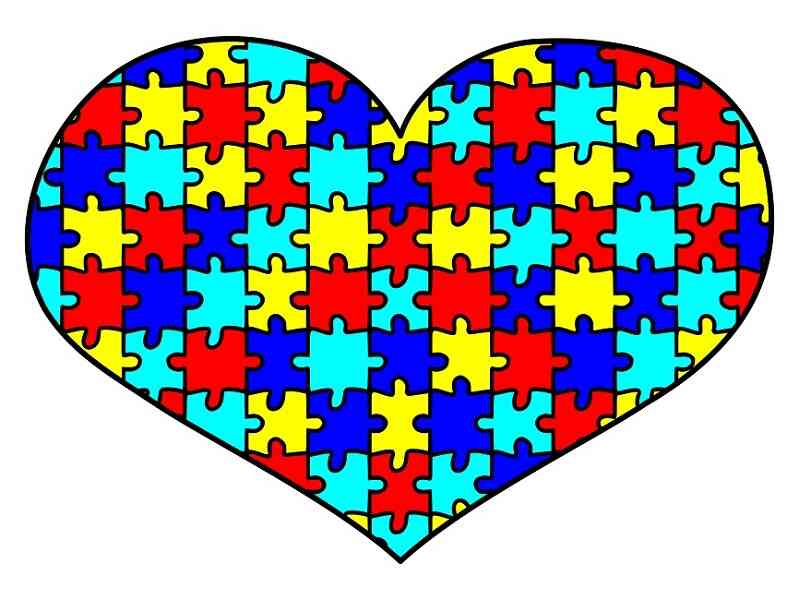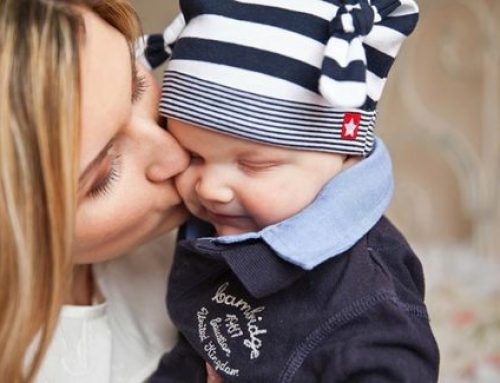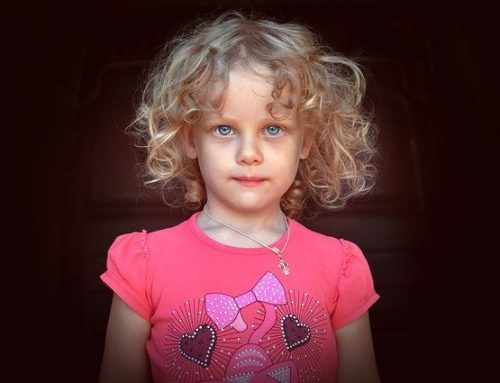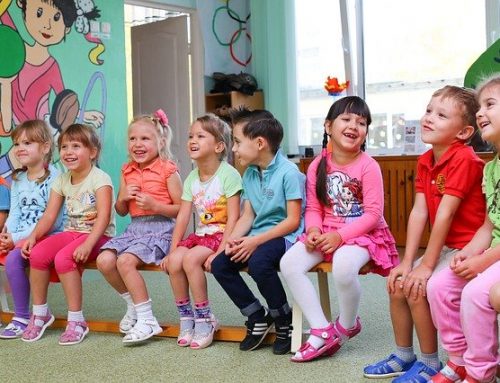This is a mother’s perspective after discovering her child has autism. Every parent checks on their child’s mental and physical development during pediatrician visits. Many even continue with more frequent milestone checks using the internet, parent group discussions, or other resources. Some parents discover their child isn’t doing the same activities as other children in the same age group. For example, by the time children have their first birthday, they should be able to point to something that they want you to see.
While one missed milestone isn’t something to cause panic, it is generally a good idea to discuss any concerns with your child’s pediatrician. Frequently, when children miss multiple milestones it leads parents to become very concerned. I worried when my son didn’t point at anything and wouldn’t look at my face, then became even more worried when he stopped saying “mama” and “dada”. We discussed possible developmental delays with his pediatrician, who checked basic vitals and referred me to a specialist facility for classes and therapy. The center ran additional tests and recognized that my son had a speech delay. We enrolled him in speech therapy. Getting a diagnosis, however, required an appointment with a developmental pediatrician who maintained an office over an hour away and visited our local center only once each month. We booked the earliest available appointment, which was six months away.
Diagnosis
A developmental pediatrician specializes in diagnosing developmental delays and disorders, like Autism Spectrum Disorder. I suspected my son had Autism, but I had not had a chance to speak with a specialist until that day. The developmental pediatrician spent only ten minutes with us before he diagnosed my son. It was a clear case of Autism. My son is high-functioning and we took the recommendation to seek out more services from our local center so that he could learn how to interact with other children and develop his speech.
For some parents, this diagnosis can be terrifying. For others, like me, it was a relief. Now I understand what my son is experiencing and his behavior makes more sense to me. I understand why he plays by himself lining up rows of cars instead of playing with other kids. I have empathy and react calmly when he pushes things off the shelves rather than speaking or if he lightly bangs his head on the wall when feeling overwhelmed.
Seeking Help
Speech Therapy and Playgroup classes were exactly what my son needed to learn structure and to learn to communicate. They helped him use sign language cues until he learned words so that he could communicate with us. And, they taught him how to stay on a schedule. We benefitted from home visits where they watched interacted with him in his own environment. In time, my son flourished and we were determined to help him continue to develop. A key factor was creating a tight schedule at home, providing him with toys similar to the ones at therapy playgroup, and emphasizing the communication skills he was learning at the center.
While having a diagnosis of Autism can seem very frightening, learning the facts and knowing that there are other moms going through similar experiences, can help. Here’s what I know, a child with Autism is just that, one child with Autism.
Updated December 5, 2022
by Motherly Life
This post may contain affiliate links. Please read our Disclosure for more information.
RECOMMENDED READING
The Reason I Jump: The Inner Voice of a Thirteen-Year-Old Boy with Autism
This book demonstrates how an autistic mind thinks, feels, perceives, and responds. The author, Naoki Higashida, shares his view on autism and life itself.
Some reviewers didn’t like the prose speaking on behalf of all people with Autism.
ADDITIONAL RESOURCES
- Autism Speaks
- Autism Society
- Mayo Clinic
- Direct Behavioral Services provides ABA services in Boston and Framingham
- Great Toys for Kids with Autism












Leave A Comment